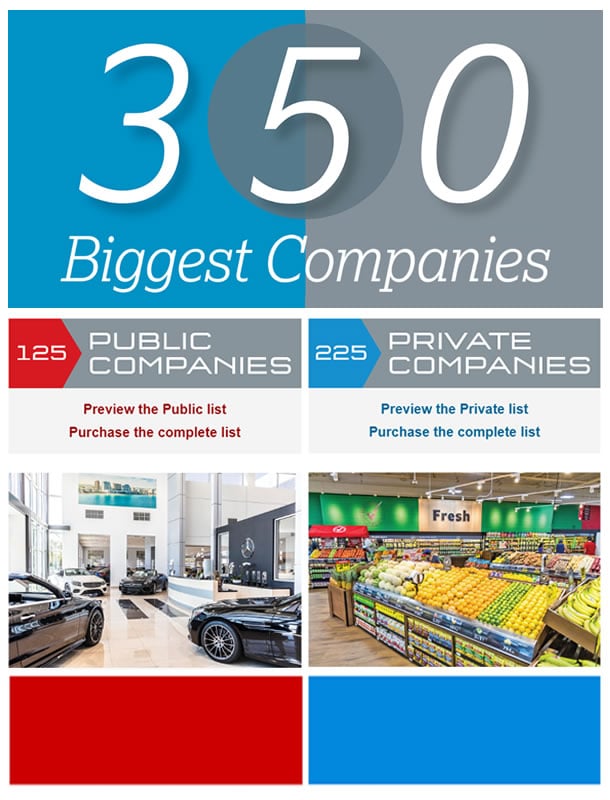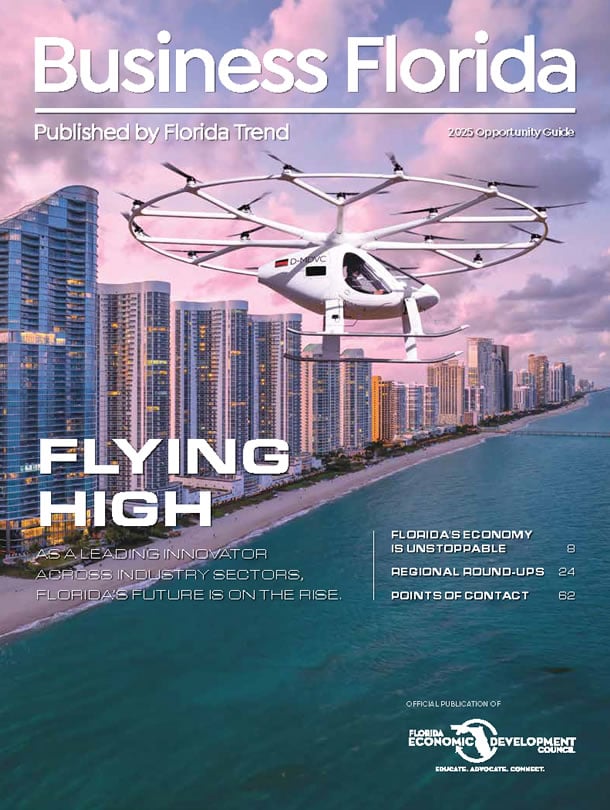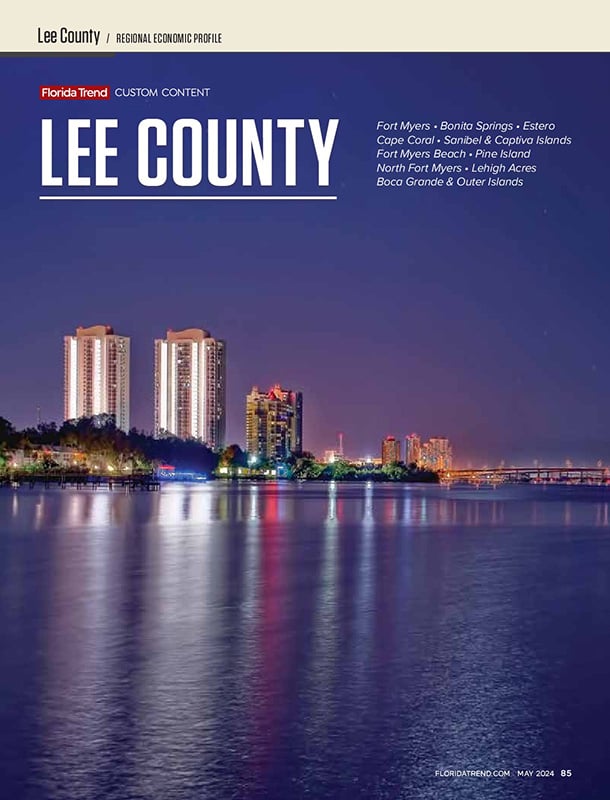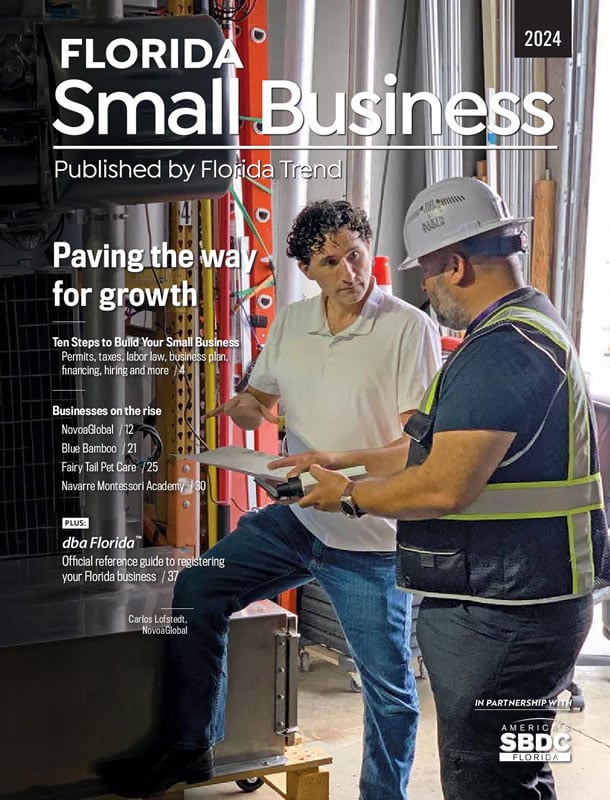Last year, Margaritoff and a team that includes a former MiG designer and an engineer from Sikorsky Aircraft unveiled a revolutionary design for a six-seat, twin-engine jet whose operating costs would be low enough to make the cost of flying comparable to a seat on a discount airline.
The cheapest jet in production now is the Cessna CitationJet, at $3.5 million and 10,600 pounds. The company sold 59 last year. The Safire will cost a quarter of that and weigh 4,500 pounds. A new engine is the key because it will weigh 85 pounds instead of 500 and be far more fuel-efficient. The Safire will travel one nautical mile for each pound of fuel it burns, compared with less than half a mile for the Cessna. Less weight and added efficiency translate into lower operating costs. The Safire is about three-fourths the size of the Cessna, but each will carry six occupants.
The company's plan has been met with some skepticism from existing jet manufacturers, who say Safire's performance claims will be possible only if the revolutionary engine performs perfectly. Competitors also scoff that the $800,000 price tag will turn out to be twice as high. But potential buyers have been quick to place their bets. The company had taken refundable deposits on more than 600 airplanes worth more than half a billion dollars.
Safire has ordered 1,000 engines from Agilis, a 7-year-old Palm Beach Gardens company populated by former Pratt & Whitney, Harris and Northrop Grumman employees. Generating about 800 pounds of thrust apiece, the engines will be as powerful as those in 1950s fighter jets but will be far more advanced.
Safire is scouting sites and wrapping up $30 million in financing to build a prototype by 2002. "For logistical and emotional purposes, the (anticipated) sites are as close to downtown West Palm Beach as possible," says Dean Rotchin, director of marketing.
Once the factory is built, the company projects it will have invested $200 million in the aircraft.
Still, Safire's reliance on emerging engine technology means that a setback in engine development could cause the entire project to crash. In a market where $800,000 buys a smaller, slower, propeller-driven single, Safire aims to create a new class of aircraft or die trying.
Florida's Other Cast of Aviation Characters
With the up-and-down world of general aviation on the mend, a number of light-airplane manufacturers and distributors have made Florida their base of operations, joining New Piper Aircraft, which rose from the ashes of Piper's bankruptcy in 1995 and is the grande dame of airplane companies in Florida.
New Piper Aircraft
Aircraft: Malibu Meridian, Malibu Mirage, Seneca, Saratoga, Seminole, Arrow, Archer, Warrior
Chief Executive: Chuck Suma, CEO
Type: Designer/manufacturer
Location: Vero Beach
Employees: 1,400
The Buzz: Piper, one of the biggest names in the industry, should continue to be a major player over the long haul. After the light-plane industry collapsed in the 1980s, driving most manufacturers out of the business, Piper hung on as the only U.S. manufacturer that continued to build a full line of light planes. Even now, Piper is the only company building everything from trainers and entry-level airplanes to luxurious airplanes for business use. In 1999, Piper sold 341 aircraft -- 18.5% of all propeller-driven airplanes built in the U.S. -- for more than $122 million, giving it the second-largest market share behind industry-leading Cessna. Piper continues to advance the art of airplanes incrementally, with the soon-to-be-certified Malibu Meridian six-seat turboprop leading the way.
AeroSport
Aircraft: Extra 400, Extra 300L, Extra 300S, Extra 300, Extra 200
Chief Executive: Dianne Moser
Type: Sole U.S. distributor for German-built airplanes
Location: St. Augustine
The Buzz: Long known for its world-class aerobatic airplanes, Germany-based Extra recently unveiled a fast, six-seat, pressurized airplane. Whether customers will buy a high-end traveling machine from a company renowned for its sport planes remains to be seen. The planes are assembled in Germany, then partly disassembled and shipped here. Other Florida-based firms are also looking to market two-seat sport planes -- historically slow-sellers -- to growing numbers of wealthy empty-nesters. AeroSport has been the sole U.S. distributor for Extra airplanes since the German company began exporting them to the U.S. more than a decade ago. AeroSport reassembles the airplane, installs communications gear and other optional equipment and completes required government paperwork. The hot rods have been well enough received that Extra is introducing the new line of planes with price tags approaching $1 million apiece.
LoPresti Inc.
Aircraft: Fury (planned)
Chief Executive: Roy LoPresti, president
Type: Designer. Manufacturing TBA
Location: Vero Beach
The Buzz: Aerodynamics guru Roy LoPresti has his name on some enduring light-plane designs, but his attempt to build and market the two-seat Fury dates back more than a decade. The company has orders for more than 100 of the sport airplanes, but it still needs investors and a factory. LoPresti's initial plan was torpedoed by Piper's financial troubles in the early 1990s, but it has resurfaced in the last two years. The LoPresti Fury is designed to fly like a World War II-era fighter plane but will have civilized creature comforts and modern technology. LoPresti, a designer with a long list of credentials on some of the most popular light planes ever sold, took 569 deposits on the Fury when the concept was first introduced in the late 1980s. Since its revival, he has accepted orders for 112 airplanes. LoPresti would like to build 20 a month but says he could make a go of it on 10.The company is looking for investors to generate the $20 million it would take to certify the new design and land a factory site. LoPresti has been fielding inquiries from communities around the nation eager to land its plant.
Micco Aircraft Co
Aircraft: SP20, SP26
Chief Executive: DeWitt Beckett, president
Type: Manufacturer
Location: Fort Pierce
Employees: 90
The Buzz: Deliveries of the SP20 began this spring. It's going up in a small market against several competitors, but the price is relatively low. The company has modest sales goals, which shows a realistic grasp of the market. Certification of a similar model, the aerobatic SP26, is due this month. The remnants of Piper's heyday were part of the puzzle that led Micco Aircraft Co. to select the Fort Pierce airport as a spot for its 40,000-sq.-ft. airplane manufacturing plant, says Decki Beckett, director of sales and marketing. The company has just begun manufacturing its line of two-seat sport planes after a five-year effort to get funding, find a site and obtain a federal certificate to sell the airplane. "There were a lot of people around who used to work at Piper or Grumman or Sikorsky or Pratt & Whitney, and we knew we could tap into that labor force," Beckett says. "We started out (looking) in Stuart, but they weren't interested. Vero didn't want it. Fort Pierce was very eager to talk to us." Micco is backed by the Seminole Tribe of Florida, which has underwritten the $11 million cost of certification and the factory tooling. The company's sales goals are 50 airplanes the first year and about 75 to 80 per year after that. Meanwhile the market the company is entering is crowded with competitors trying for a slice of what has been up to now an underserved market niche.
Eagle Aircraft North America
Aircraft: Eagle 150
Chief Executive: Wan E. Mansor
Type: U.S. headquarters for Australian-built airplanes
Location: Orlando
Employees: 3
The Buzz: Another entry into the market for two-seat airplanes is taking a slightly different tack. Eagle Aircraft's U.S. headquarters in Orlando is ground zero for a small plane aimed at the training market. The Eagle 150 looks unconventional, which is usually a liability in the aviation marketplace. The company's financing appears solid. The airplane's performance is good, but it's entering a small market crowded with established competitors. The Eagle is built in an Australian factory by a Malaysian company and shipped to the U.S. in a shipping container. When Eagle obtained FAA permission to sell the plane in this country, an Orlando flight school stepped forward to be both a launch customer and a dealer. Eagle established its headquarters in a converted house near Orlando Executive Airport, but then got a rude awakening. The flight school, an upstart called Airline Training Academy, bailed out. Eagle has since found a dealer in HGL Aero in Augusta, Kan., but has yet to sell more than a handful of planes.
Harper Aircraft
Aircraft: Fascination D4
Chief Executive: Jack Harper
Type: Sole U.S. distributor for German-built airplanes
Location: Jacksonville
Employees: 2
The Buzz: A Johann-come-lately, the German Fascination offers outstanding performance at a low price. Deliveries are scheduled to begin this fall. Sales projections appear reasonable, but the company faces an uphill battle because of its unusual engine choice -- a 100 horsepower, water-cooled Rotax engine that has not been embraced by any other certified aircraft manufacturer. Harper will largely follow the business model AeroSport and Extra have forged. Hoping to mimic the success of Extra, Harper Aircraft has signed up as the sole distributor for the Fascination D4, a two-seat sport plane designed by a German company that should get U.S. approval in the next few months. Harper Aircraft owner Jack Harper expects to sell an average of one airplane a month for the first year and two per month after two years. The low sales estimates belie the airplane's low purchase price just under $100,000 and fast cruising speeds. "The airplane is built on all-new production tooling in the Czech Republic, then it's shipped to Germany for final fit and finish," Harper says. "They take the wings and tail off and send it to us in a shipping container, and we put it back together."












